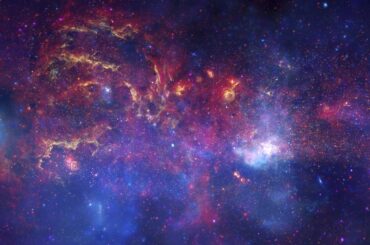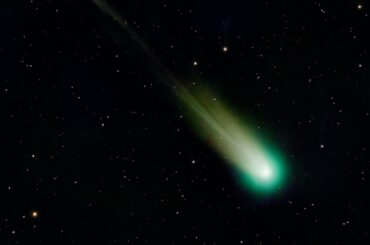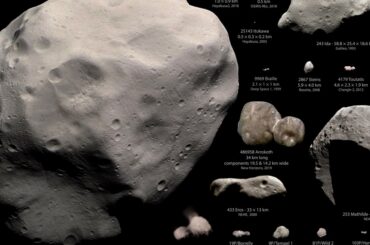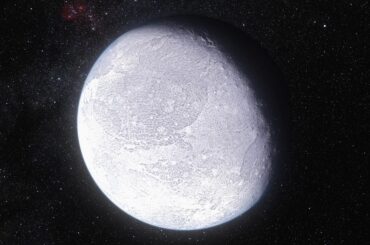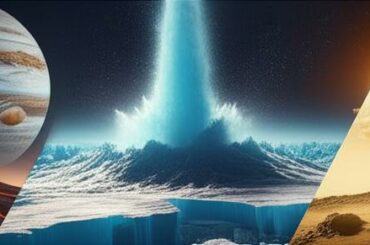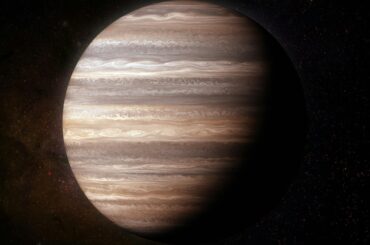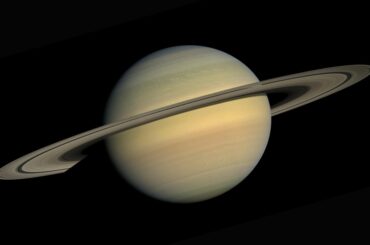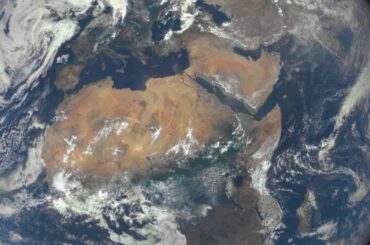In this hub post, explore 8 things that would happen if the Sun disappeared — from the immediate plunge into darkness and the loss of photosynthesis to orbital chaos, rapid cooling, and long-term ecological collapse. Each item links to a detailed follow-up post with science-backed timelines, visualizations, and practical survival scenarios.
This post breaks down the 6 differences between comets and asteroids — from composition and orbits to appearance, activity, and origin. Clear comparisons and links to deeper articles make it easy to learn how these small bodies differ and why it matters.
Explore the 10 Smallest Objects in the Solar System, a compact guide to the tiniest moons, asteroids, comet nuclei, and minor bodies. This hub post summarizes each object’s size, location, and significance, and links to in-depth articles for further reading.
Discover 12 incredible facts about Uranus — the icy, sideways-tilted giant of our solar system. This hub highlights surprising details about Uranus’ extreme axial tilt, faint rings, 27+ moons, unusual atmosphere, and exploration history, and links to in-depth articles for each fact, with clear, sourced explanations and vivid visuals.
Explore the Types of Dwarf Planets in our illustrated list of 14 dwarf worlds — from Pluto and Eris to Ceres and beyond. This post breaks down each entry by region and diameter, explaining what defines a dwarf planet and how these small worlds differ from full-sized planets. Read on for concise comparisons, striking images, and key facts for astronomy fans.
Explore the 7 Wonders of the Solar System — a curated guide to the most spectacular planets, moons, and celestial landmarks in our cosmic neighborhood. Each wonder links to in-depth posts with photos, science, and travel-worthy facts for stargazers, students, and space enthusiasts. Start your journey through the Solar System’s greatest sights.
From blazing Venus to the ice-covered seas of Europa, this hub explores the 10 most extreme environments in the Solar System, highlighting worlds with blistering heat, crushing pressure, violent volcanism, and cryovolcanic oceans. Each entry provides a concise overview, the defining science behind the conditions, and links to in-depth posts on Io, Titan, Mercury, Jupiter’s storms and more.
This post presents 20 Examples of Planets with a clear table of common short name, type, diameter (km), and location. Ideal for students and space enthusiasts, the complete list makes it easy to compare terrestrial worlds, gas and ice giants, and notable exoplanets at a glance.
Explore the 10 Most Reflective Objects in the Solar System, a ranked hub that explains which moons, rings, and bodies reflect the most sunlight and why. This guide links to detailed pages on each object’s albedo, surface features, and images—perfect for curious readers, students, and space enthusiasts wanting clear facts and visuals.

